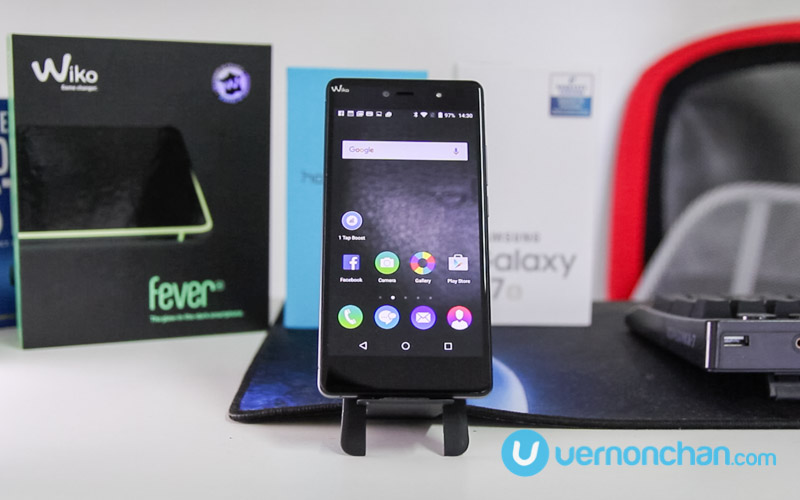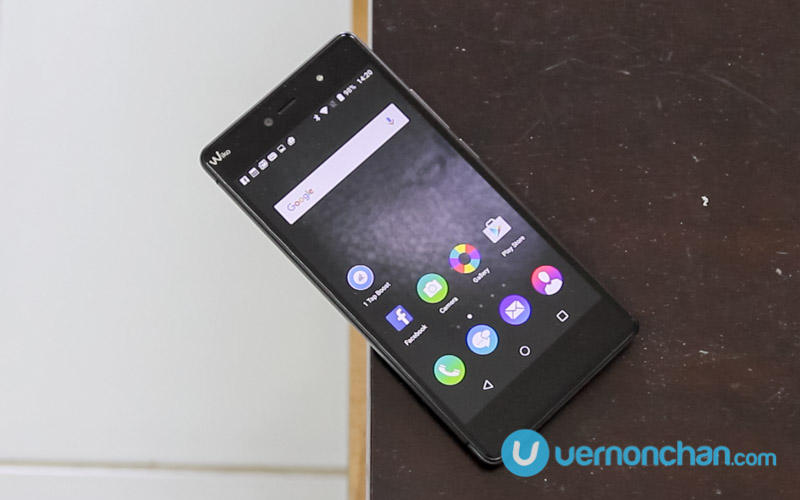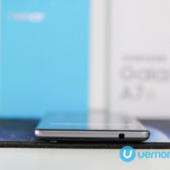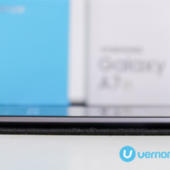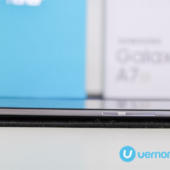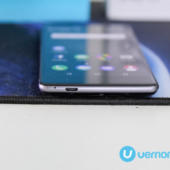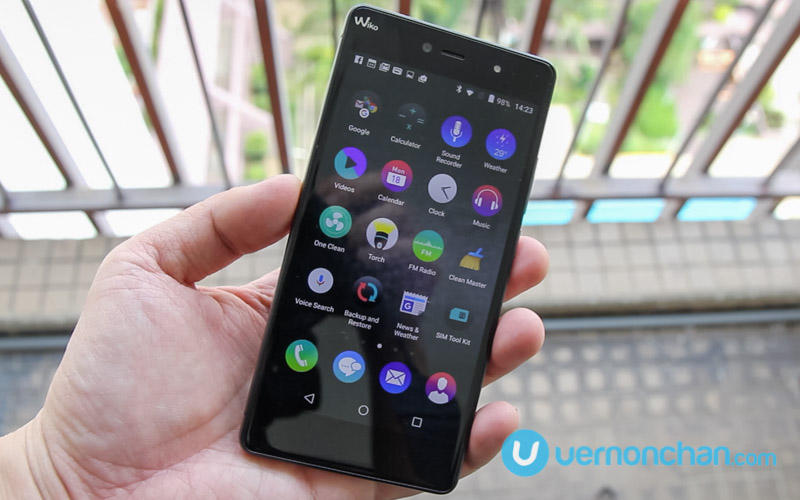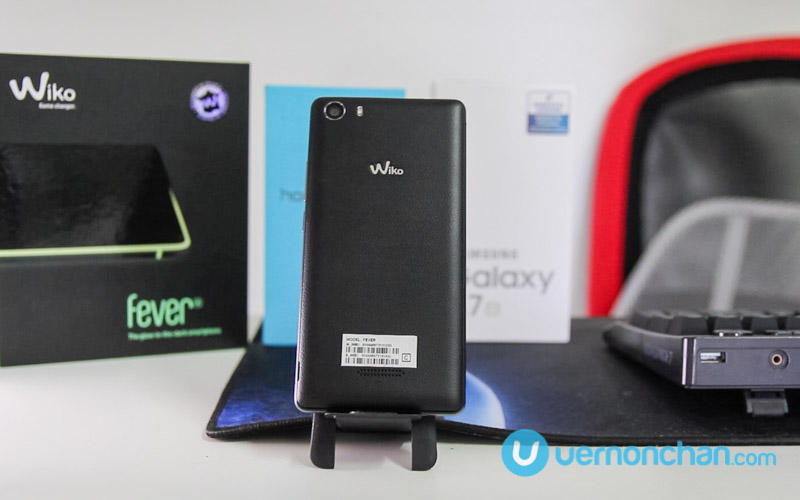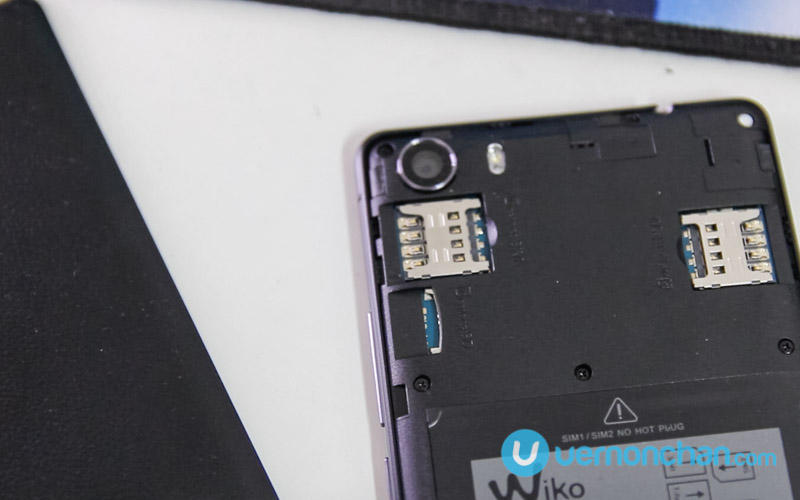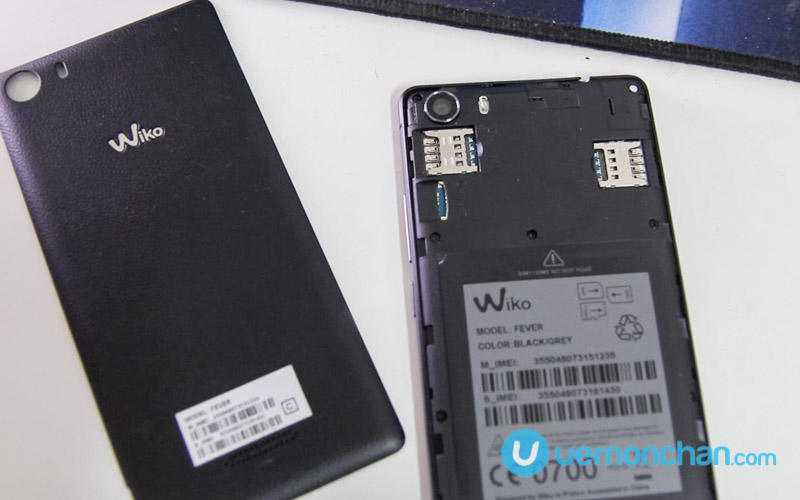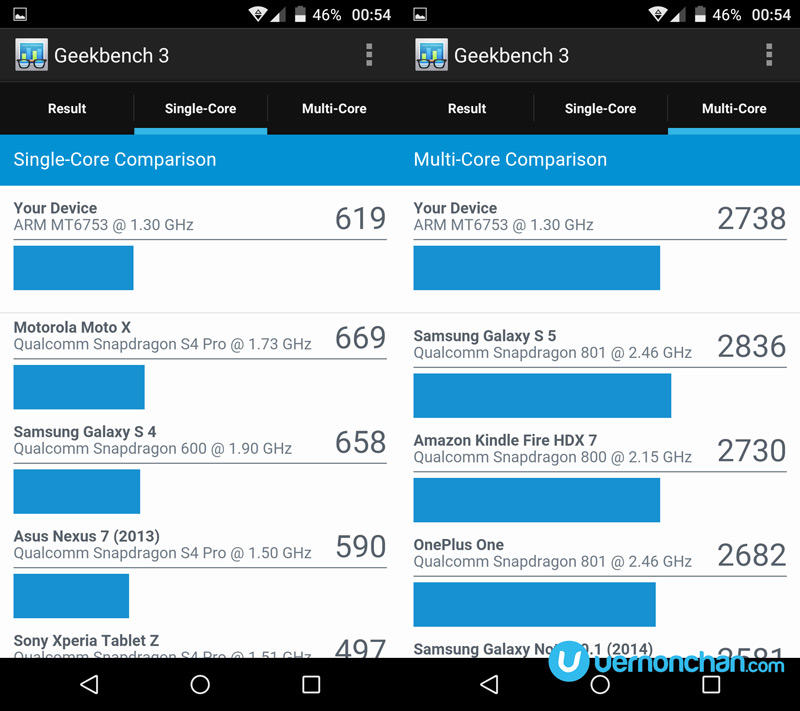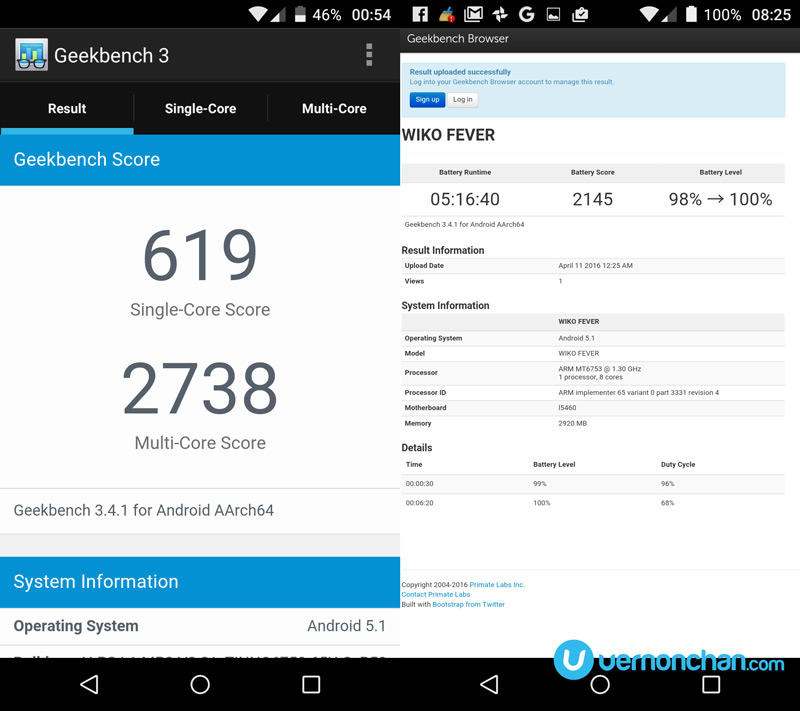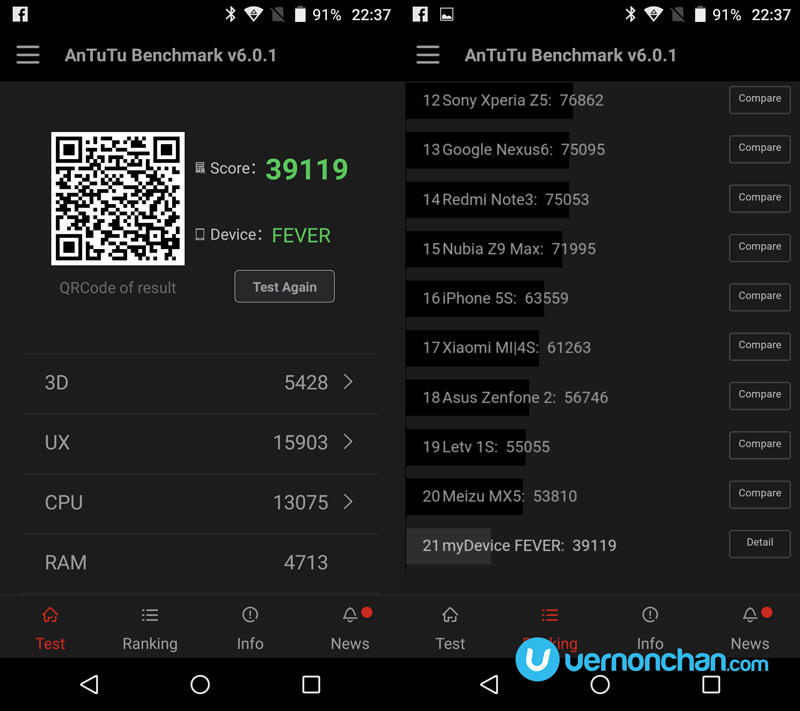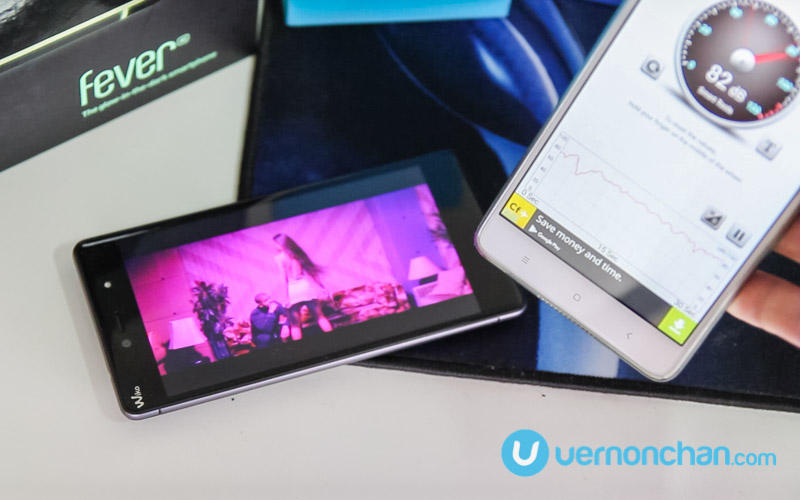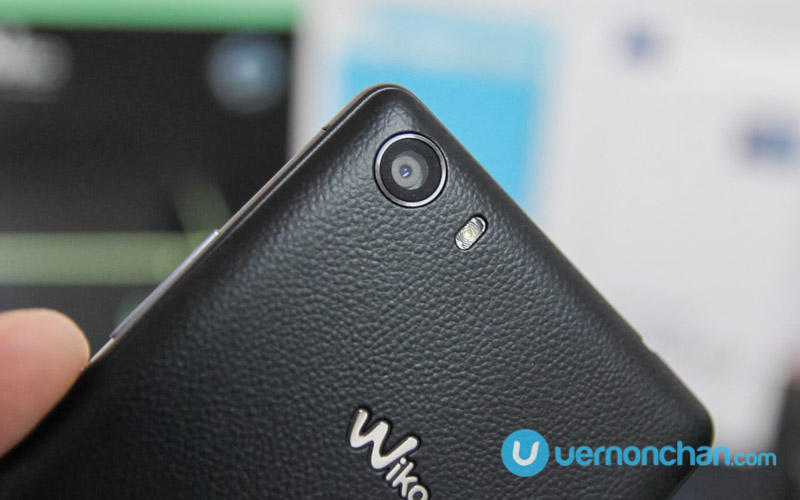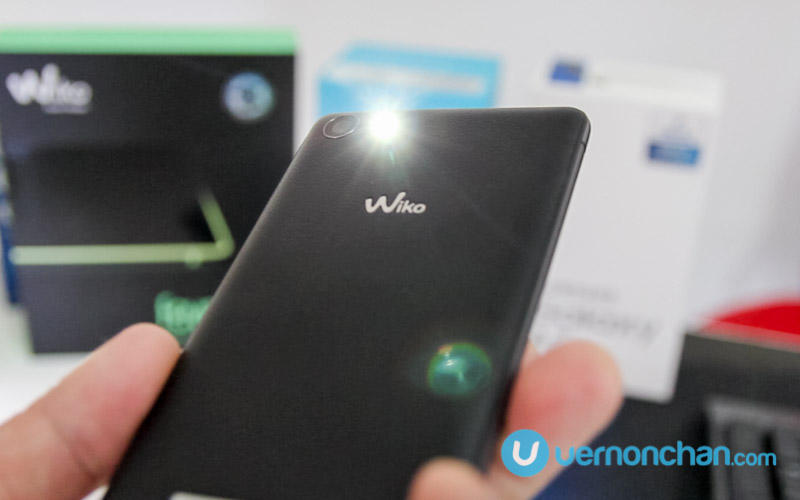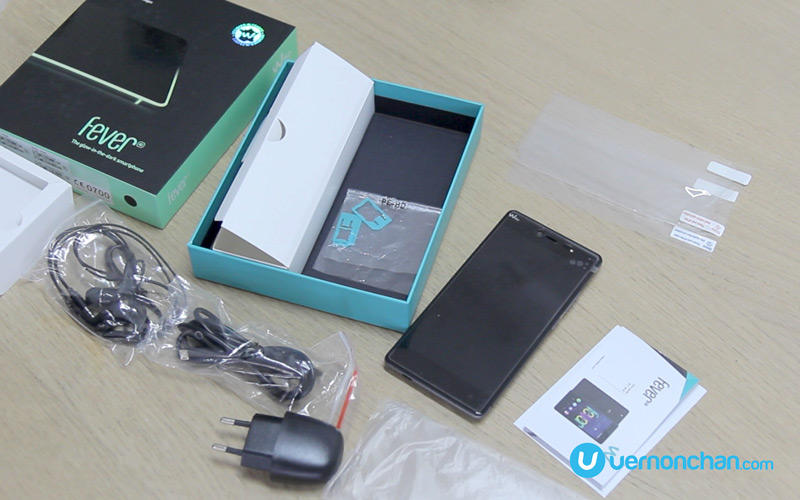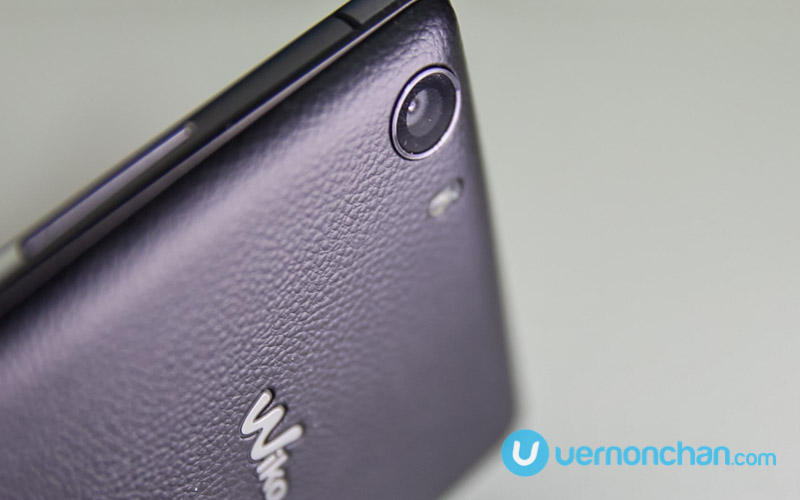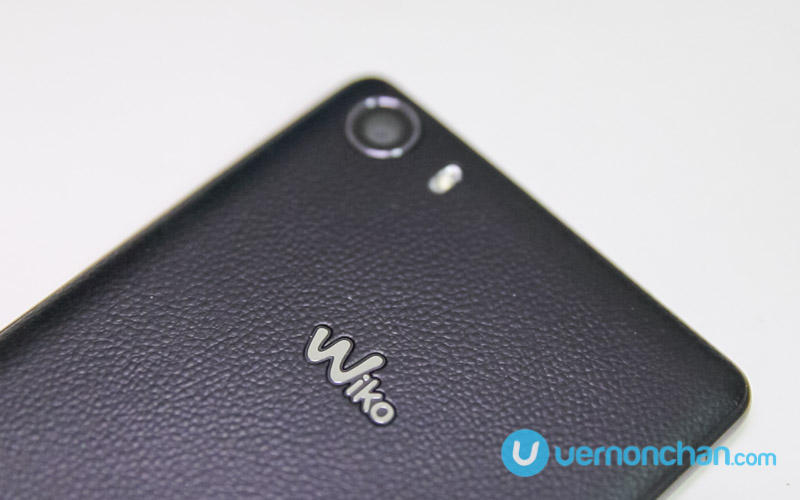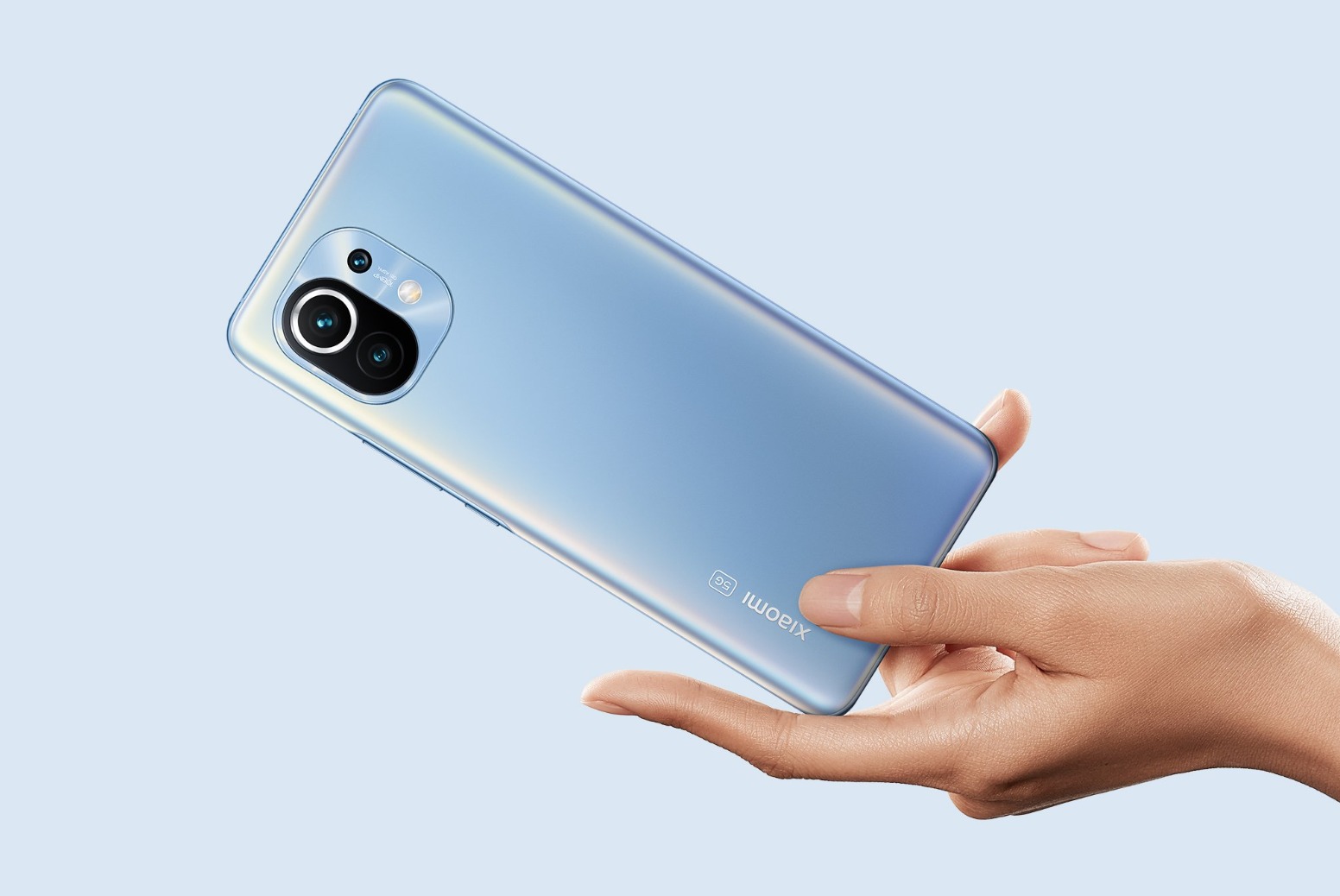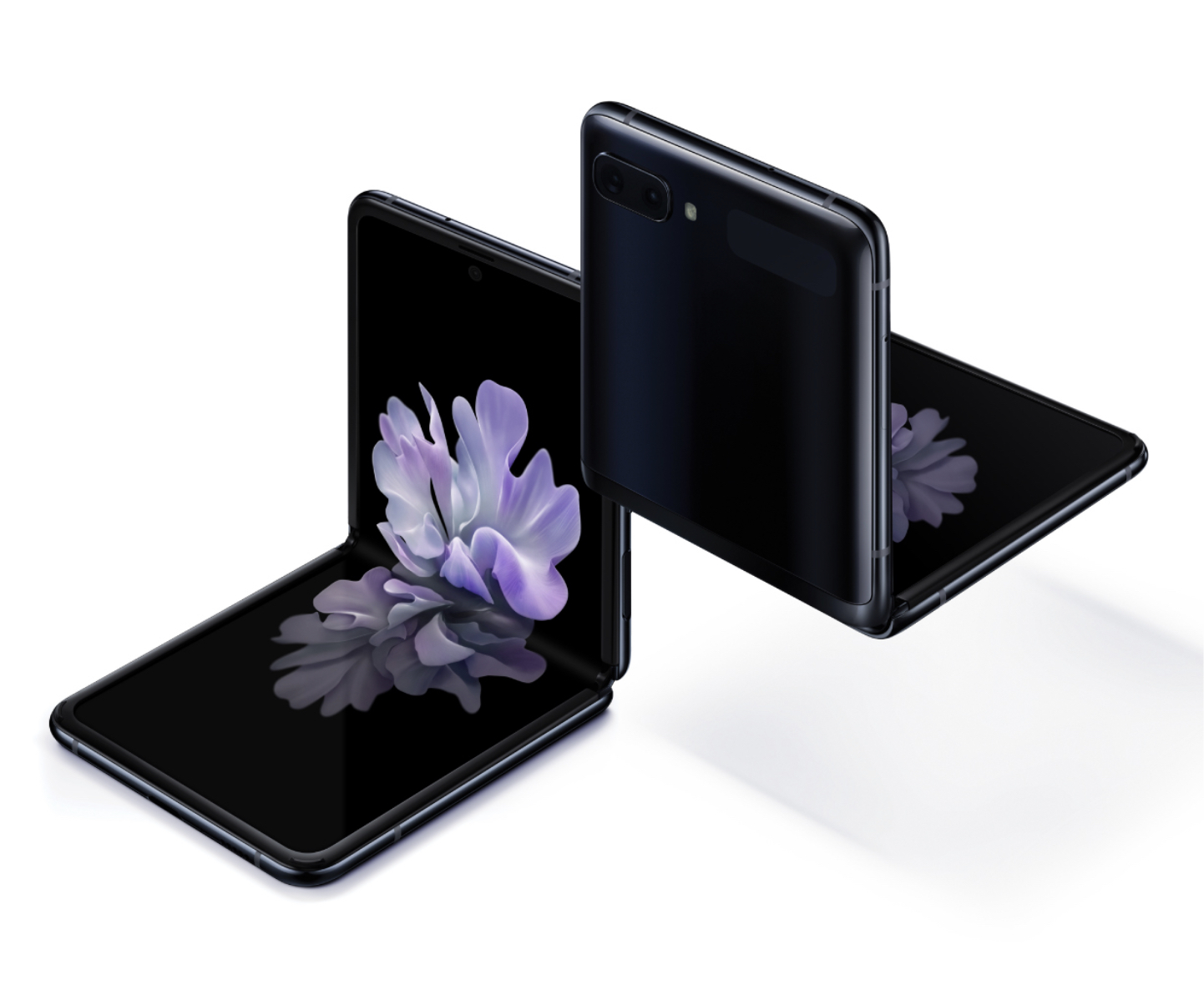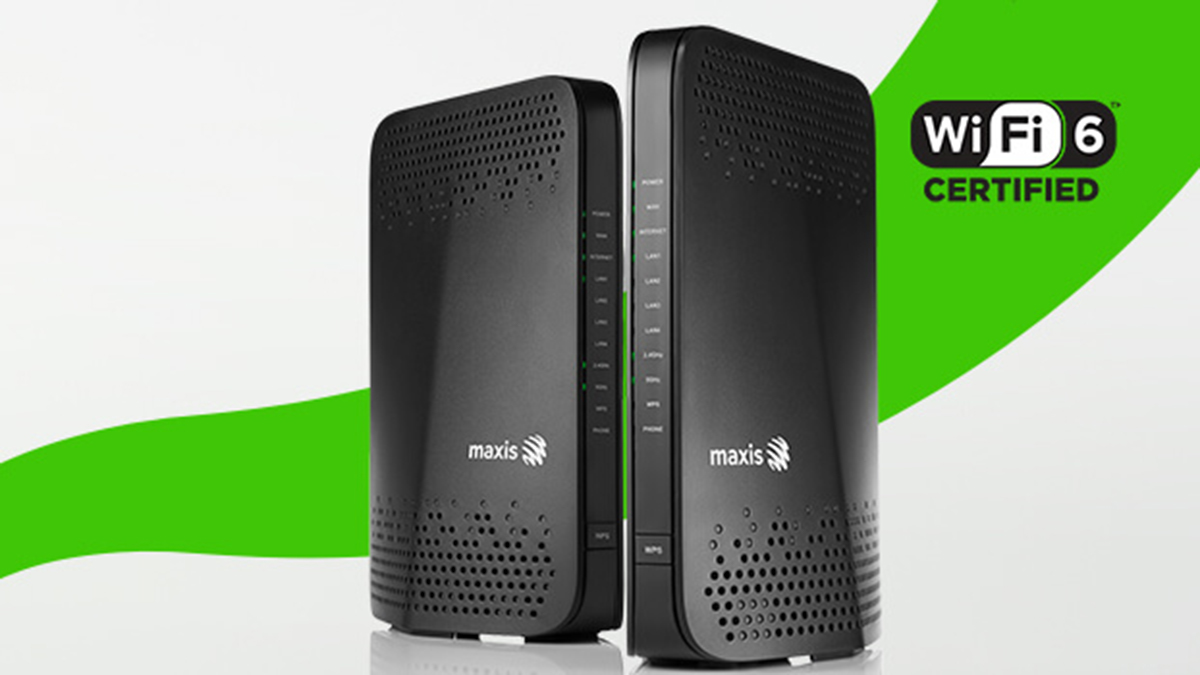Wiko may not be a name you’ve heard about before. The French smartphone maker in fact, has been around since 2011, though only making an entrance here in January. It’s a fun, quirky brand and it calls itself a ‘game changer.’ It has over 30 products in its stable, though only three have made it to Malaysian shores for now.
[nextpage title=”Design and build”]
For a sub-MYR800 phone, the Wiko Fever is surprisingly well-built. Its metal frame is reminiscent of the iPhone 6, with a removable leather-effect back cover. It measures 8.3mm thin, and weighs just 143g (with battery).
The design is pretty minimalist as a whole, with a volume rocker and power button on the right side. The buttons feel solid and tactile, with no mushiness of some phones in its price bracket.
Click on thumbnails for larger preview:
On the top is a regular 3.5mm mic input jack, while at the bottom, a micro-USB port and mic. On the back is the 13MP main camera with LED flash. There’s a little bit of a camera bump, but it’s overall very neat.
Over at the front is a 5.2-inch Full HD IPS display (@ 424PPI) protected by Gorilla Glass 3. I’m actually quite impressed with the display – it’s sharp and bright, and even at half brightness, it’s still crystal clear.
It features 2.5D glass, so it’s smooth around the edges where it meets the metal frame.
What’s unique, if gimmicky, is its phosphorescent lines around the phone which gives it the ability to glow-in-the-dark. Never need to search for your phone in the dark, again. It’s a unique feature, though I’m still struggling to find actual use for it.
[nextpage title=”Hardware, software, performance”]
Under the hood, the Fever uses the octa-core MediaTek MTK6735 processor that runs at 1.3GHz. This is a pretty common chipset with phones in this price bracket. It gets mated with 3GB of RAM and 32GB of onboard storage.
There’s microSD expansion that supports up to 64GB of expandable memory.
It’s a dual-SIM, 4G LTE Cat. 4 device supporting data speeds of up to 150Mbps download, and 50Mbps upload.
It ticks all the checkboxes in a modern smartphone – Bluetooth 4.0, Wi-Fi 802.11 b/g/n, USB OTG, micro-USB port and GPS.
In terms of battery, it has a large 2,900mAh battery that Wiko claims will last up to 16.2 hours (3G talktime), or up to 216 hours of standby.
Software
The Wiko Fever runs Android 5.1 Lollipop out of the box, with Wiko Fever version 8 UI. The custom UI uses a circular-icon theme, and feels light and fluid. Like many custom UI layers out there, it doesn’t have an App Drawer.
Thankfully, there isn’t much bloatware aside from a couple of utilities (power and memory management).
Like OPPO’s ColorOS, the Wiko Fever supports off-screen gestures. Draw a letter ‘m’ and it will launch the music app. Draw the letter ‘c’ to launch the camera, while ‘o’ will fire up the flashlight.
There are also Smart Gesture features to lock and unlock the phone, and even to silence the alarm.
Performance
As usual I ran a couple of usual passive benchmark tests on the device. First up was Geekbench 3. It returned pretty decent scores. In Single-Core results, it scored 619 points, which places it in between a Samsung Galaxy S4 and Asus Nexus 7 tablet. In Multi-Core tests it fared better, scoring 2738 – putting it in between a Samsung Galaxy S5 and OnePlus One.
In AnTuTu, the Wiko Fever returned 39,119 points. An expected number from the mid-range MediaTek chip. But to be honest, the Fever doesn’t feel slow, though.
In daily use, the Fever feels snappy and, I think, thanks to the fact that Wiko didn’t overwork the UI customisations. Multi-tasking is smooth and I found that off-screen gestures work flawlessly.
In 3D gaming, it doesn’t fare as well, as it hits the limits of the processor and GPU. Gameplay was too jerky with plenty of dropped frames in Asphalt 8 to even classify it as playable. But then again, this isn’t that big of a surprise with the mid-tier MTK6735. Stick to 2D games like Crossy Road, and you’ll be fine.
Battery life is close to what’s advertised. I was able to get it to survive a whole day’s worth of regular use – meaning social media, camera, emails, browsing and using navigation.
Audio-wise, the Fever has speakers on the back which does a decent job with music and video playback. Output levels peak at around 82-85db. Quality does disintegrate once it hits peak figures, which isn’t unexpected with mobile speakers.
[nextpage title=”Camera”]
The main shooter isn’t at all bad. It’s full featured with decent focus and shutter speeds. There’s a selection of useful modes including Panorama, HDR, Night Shot, Sports Mode and Dual View. Surprisingly, it also has a manual Professional Mode which lets you adjust ISO, white balance, exposure, sharpness and colour saturation. Overall the camera captures pretty good detail and colours look balanced, although in general it underexposes shots.
Aside from stills, it also records 1080p video at 30fps. Performance isn’t great as the processor tries to keep up with processing footage but isn’t something I’d complain about looking at the price of the device.
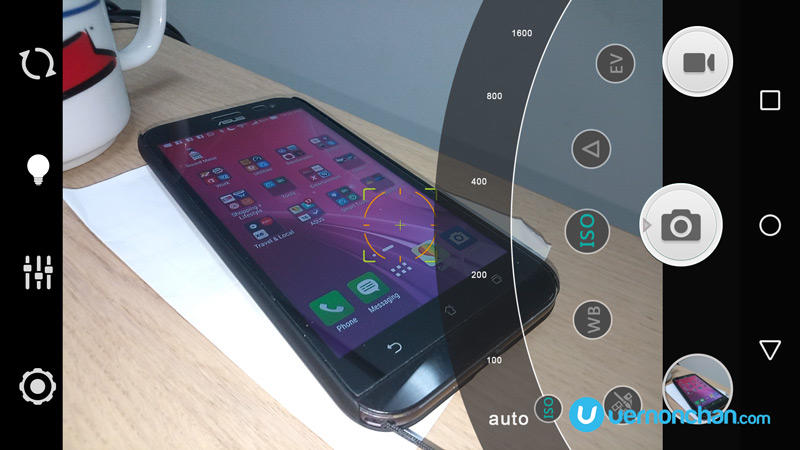
On the front, the 5MP selfie works well, accompanied by ‘Face Beauty’and Wide Selfie mode.
Sample images




[nextpage title=”What’s in the box, verdict”]
What’s in the box
The Wiko Fever is generously kitted. In the box you’ll find the Fever unit, charger, headset, micro-USB cable, SIM card adapters, screen protector and hard casing. Everything you need to get started with the smartphone.
What I like
- Good build and design
- Good display
- Snappy overall performance
- Well-kitted box
- Expandable memory
- Dual-SIM 4G LTE
- Great value
What I didn’t like
- 3D performance
- Glow-in-the-dark novelty
Pricing and availability
The Wiko Fever retails for MYR799 (incl. GST) and is available from Wiko authorized resellers as well as online shopping sites like Lazada.
Verdict
The Wiko Fever packs tremendous value as a smartphone below MYR800. A pretty good looking device, it’s surprisingly well-built, and feels great in the hands. I like that there’s little extras in the box including SIM adapters, screen protector and hard casing.
Performance is snappy and while it’s not the phone for 3D gaming, it copes well with everyday tasks. I like the display – it’s bright and sharp, and works great even in sunlight.
If you’re in the market for an affordable smartphone, this is worth a look. The Fever does have to contend with the Redmi Note 3 (MYR749), Acer Liquid Z630s (MYR799) and older Honor 4X (MYR649) just to name a few.
For more on Wiko, visit my-en.wikomobile.com/. Also stay updated on social with Wiko Malaysia’s Facebook page.
Look out for the hands-on review video.


